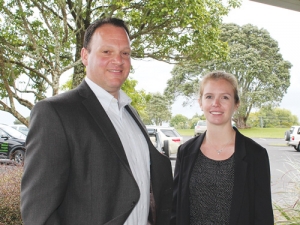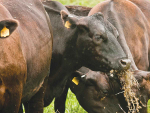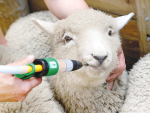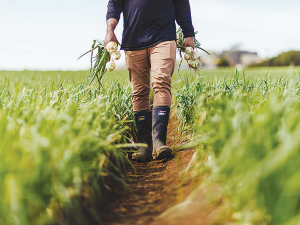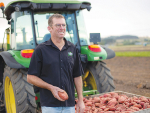The current El Nino is tracking to the level of the 1997-98 event which was the strongest since 1950, NIWA says.
The current event could reach the 'super El Nino' class, Petra Chappell, a climate scientist with NIWA, told the northern Beef + Lamb NZ farmer meeting in Whangarei last month.
"The soils in Northland are dryer than normal for the time of year and rainfall is currently below normal. It is also forecast to be below normal for the coming three months," she says.
"Past El Nino events have caused low rainfall and drought in Northland; they have quite different patterns, the current event may manifest differently from those events.
"We recommend you keep informed and up-to-date. We have NIWA Hotspot Watch which looks at soil moisture deficits, updated every week. It has information on nationwide soil moisture deficits and a forecast, as well as a seasonal climatic outlook, issued at the beginning of each month. The monthly and seasonal summaries are retrospective so they look at the recent past.
"We recommend having an action plan specific to your location and if drought is to occur have a plan of what might occur."
Much of the country was very dry in October including most of the North Island and the east and north-east of the South Island, Chappell said. The west and southwest of the South Island was wet in comparison and that was a product of the south-westerlies typical of an El Nino.
November was much drier than normal in terms of soil moisture. Soils have rapidly dried out in the last couple of months. El Nino is typically dry and cool – November tracked that way.
El Nino events occur every three to seven years on average, she said. Since 1950 the strongest was in 1997-98. The 2015-16 event is tracking at a similar level and at least on the same scale as the top three which also included 1982-83 and 1972-73. The seven strongest El Nino events have been tracked – it looks like this one will reach the 'super El Nino' class.
"It could be very significant not just for New Zealand but the Pacific, Australia and for a lot of other regions."
But Chappell says not all El Nino are the same. They even have rainfall anomalies. In 1972-73 it was very dry everywhere compared to 1982-83 which was dry in the east and north of both islands but wet in the west. The 1997-98 event was also quite wet on the SI West Coast but dry in the east and the north.
"The El Nino we currently have might behave quite differently from something we've had before," she said.
This event looks likely to strengthen through the summer months then fall away. NIWA uses various models from around the world and all agree the El Nino will persist to January. The modelling is indecisive for early autumn through to early winter, but a lot predict it will start collapsing by then. It will take a few months to wind down.
Chris Brandolino, principal scientist forecasting, for NIWA, said Hawkes Bay has had rain recently but once summer kicks in – in fact over the next couple of weeks – the rainfall will go down. Heading into summer, though El Nino may peak in December or January, a lag effect occurs. More subtropical highs, wind and the lack of rain will lead to "dryness begetting dryness". The days get longer so there are more sunshine hours.
"The dryness could really accentuate once we get into December and January and even into February with the tropical influence in the north."
The impacts of El Nino are different in New Zealand from Australia.

